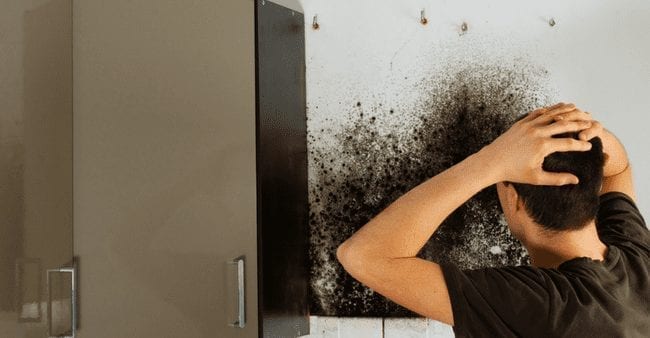Just how to Check If Your Home Has a Concealed Leakage
Just how to Check If Your Home Has a Concealed Leakage
Blog Article
This article following next on the subject of Top leak detection hacks is exceptionally fascinating. You should keep reading.

Early discovery of leaking water lines can minimize a prospective calamity. Some little water leakages might not be noticeable.
1. Examine the Water Meter
Every home has a water meter. Examining it is a proven way that aids you uncover leaks. For beginners, shut off all the water sources. Make sure nobody will certainly purge, make use of the faucet, shower, run the washing maker or dish washer. From there, go to the meter and also watch if it will alter. Considering that no person is utilizing it, there should be no motions. That suggests a fast-moving leakage if it moves. Furthermore, if you spot no changes, wait an hour or two and also inspect back once more. This indicates you may have a slow leak that might even be below ground.
2. Check Water Usage
If you identify abrupt changes, regardless of your consumption being the very same, it implies that you have leakages in your plumbing system. A sudden spike in your expense suggests a fast-moving leakage.
A steady rise every month, also with the exact same practices, reveals you have a slow-moving leak that's also slowly escalating. Call a plumber to thoroughly check your building, specifically if you feel a warm area on your floor with piping underneath.
3. Do a Food Coloring Test
When it comes to water consumption, 30% comes from toilets. If the shade somehow infiltrates your bowl throughout that time without flushing, there's a leakage between the container as well as bowl.
4. Asses Outside Lines
Don't forget to inspect your exterior water lines as well. Needs to water seep out of the connection, you have a loosened rubber gasket. One tiny leak can throw away loads of water as well as increase your water costs.
5. Examine the scenario as well as check
Property owners ought to make it a behavior to inspect under the sink counters and even inside cabinets for any type of bad odor or mold and mildew development. These two red flags suggest a leakage so prompt interest is called for. Doing routine examinations, also bi-annually, can save you from a major problem.
Much more significantly, if you understand your home is already old, maintain a watchful eye on your heating units, tubes, pipes and so on. Look for discolorations as well as compromising as a lot of pipes as well as appliances have a life span. They will also normally degrade as a result of damage. If you suspect dripping water lines in your plumbing system, don't wait on it to intensify. Call an expert plumber immediately so you don't wind up with a dreadful mess in your home.
Early discovery of dripping water lines can mitigate a potential calamity. Some little water leaks might not be noticeable. Inspecting it is a surefire way that aids you uncover leaks. One small leakage can waste tons of water and also increase your water costs.
If you think leaking water lines in your plumbing system, don't wait for it to intensify.
WARNING SIGNS OF WATER LEAKAGE BEHIND THE WALL
PERSISTENT MUSTY ODORS
As water slowly drips from a leaky pipe inside the wall, flooring and sheetrock stay damp and develop an odor similar to wet cardboard. It generates a musty smell that can help you find hidden leaks.
MOLD IN UNUSUAL AREAS
Mold usually grows in wet areas like kitchens, baths and laundry rooms. If you spot the stuff on walls or baseboards in other rooms of the house, it’s a good indicator of undetected water leaks.
STAINS THAT GROW
When mold thrives around a leaky pipe, it sometimes takes hold on the inside surface of the affected wall. A growing stain on otherwise clean sheetrock is often your sign of a hidden plumbing problem.
PEELING OR BUBBLING WALLPAPER / PAINT
This clue is easy to miss in rooms that don’t get much use. When you see wallpaper separating along seams or paint bubbling or flaking off the wall, blame sheetrock that stays wet because of an undetected leak.
BUCKLED CEILINGS AND STAINED FLOORS
If ceilings or floors in bathrooms, kitchens or laundry areas develop structural problems, don’t rule out constant damp inside the walls. Wet sheetrock can affect adjacent framing, flooring and ceilings.
https://www.servicemasterbyzaba.com/blog/how-to-detect-water-leakage-in-walls/

We hope you enjoyed reading our section on Hacks to detect leaks. Thanks a lot for taking time to read through our article post. For those who enjoyed our article kindly remember to share it. We recognize the value of reading our article about Detecting hidden plumbing leaks.
Report this page